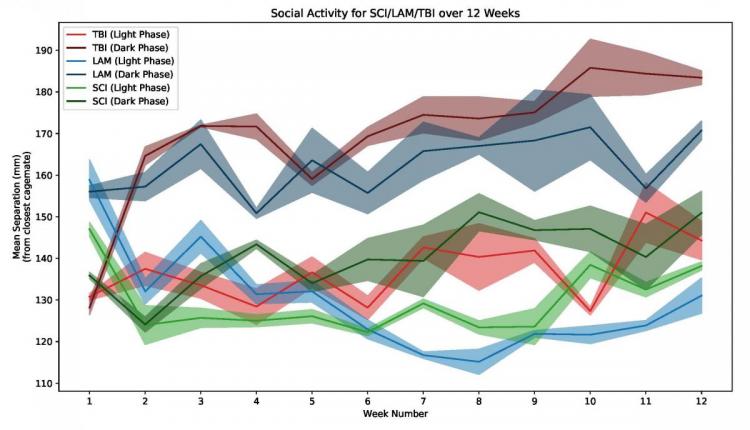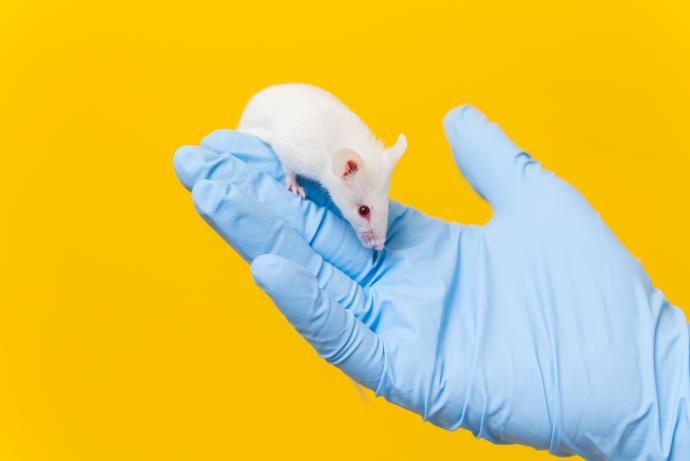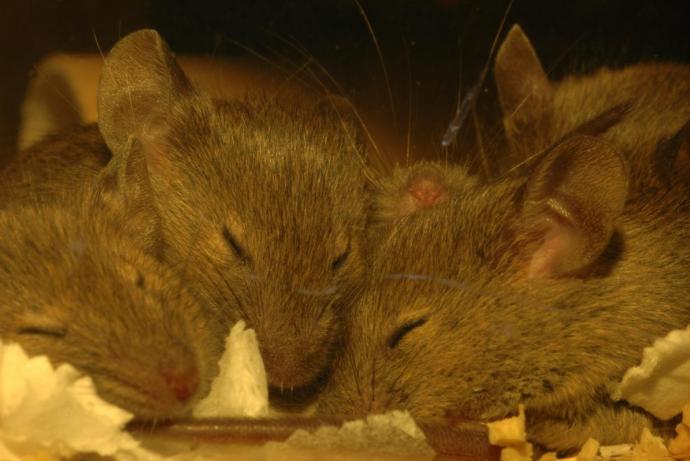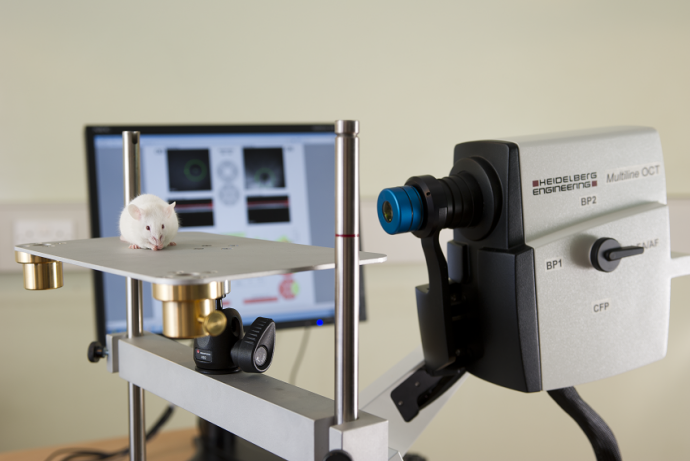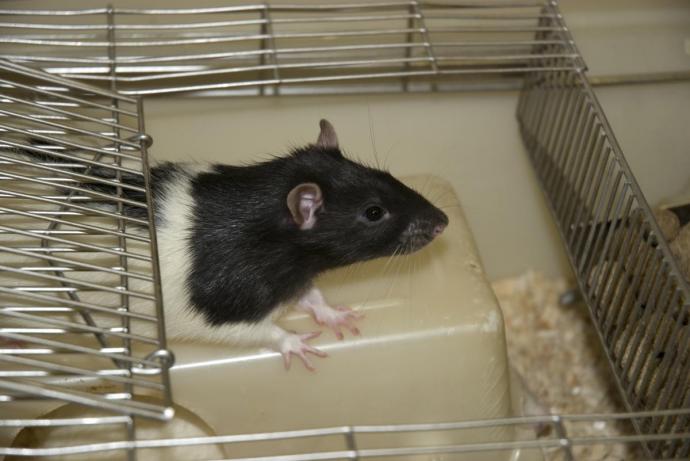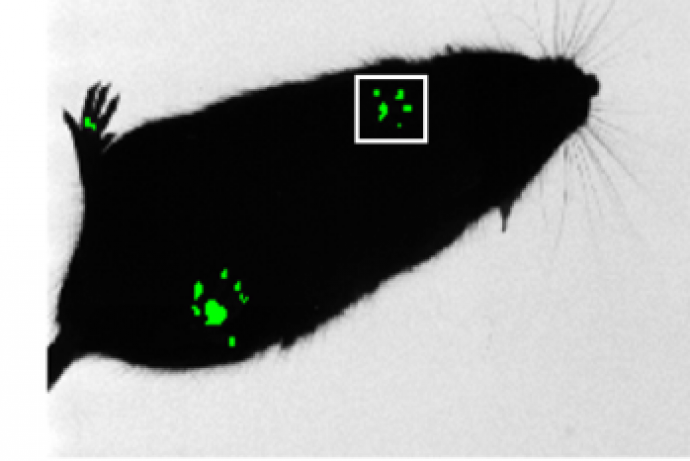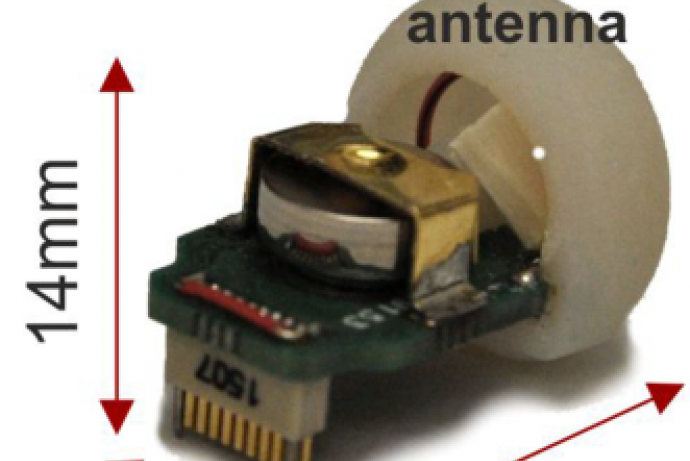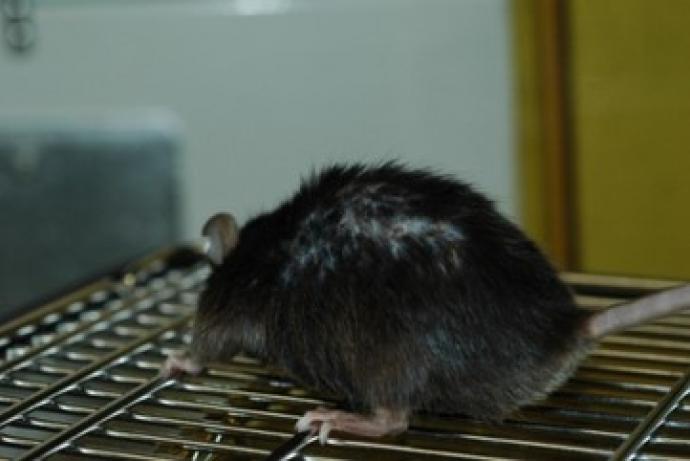Rodent behaviour analysis plays a vital role in drug discovery, from the development of disease models through to safety pharmacology. Actual Analytics Ltd have developed an innovative home cage analysis system that provides 24/7 monitoring of rodent behaviours in a group-housed environment that is beneficial from both the quantity and quality of data generated and animal welfare perspectives. Initial studies focussed on rats in safety pharmacology where warnings of adverse side-effects are more likely to be caught during 24/7 analysis. Potential uses of the system in the pharmaceutical industry are much wider. Interested partners are sought to try this technology in new and exciting ways.
With CRACK IT Solutions funding, Actual Analytics is now working with researchers from Queen Mary, University of London to expand the scope of the system and validate longitudinal monitoring of home-cage behaviours in animals that have undergone spinal cord injury procedures.
Rodents in research labs live in small social groups in highly optimised plastic home cages where they eat, drink, sleep, interact and behave, yet these data are not captured due to technical challenges.
Rodent behaviour analysis plays a vital role in drug discovery, from the development of disease models through to safety pharmacology. There are currently two main methods used to monitor behaviour. The most common is to ignore home cage behaviour, apart from the obligatory welfare checks, and remove single animals for a series of bespoke tests as defined by the experimental protocol. This means that most of the behaviour of the animal is ignored. The alternative approach is to use existing technology based on the monitoring and analysis of single housed animals. This is sub-optimal from an animal welfare perspective as single housing is stressful and may induce artefacts.
Through the CRACK IT Challenge, Rodent Big Brother, Actual Analytics Ltd have developed a developed an innovative home cage analysis (HCA) system that provides 24/7 monitoring of rodent behaviours in a group-housed environment. The HCA system uniquely tags each individual animal so their identity is known within the group and this is combined with video analytics to record and analyse behaviours including activity/immobility, rearing and climbing, thigmotaxis, circadian rhythms and social grouping. Critically, unmodified home cages are used for this system, so the solution has minimal impact on current animal husbandry procedures.
Actual Analytics’ expertise in the development of algorithms to track and extract behaviours from video and other telemetry is central to the Solution. It is also possible to learn to recognise new behaviours, for example from videos marked up by experts. When extended to include infrared lighting and scalable computing the system can run 24hrs per day for periods of days to months. Put simply, this solution transforms the home cages into a next generation laboratory.
This Solution could be used in the pharmaceutical industry for a wide range of safety and efficacy studies as well as extended into the phenotyping and pharmacological profiling of new disease models. Benefits include the improved welfare of the animals as well as improved data quality. The latter leads to better, earlier decisions on drug development as well as a reduction in the cohort numbers required to achieve statistical significance.
Actual Analytics Ltd have worked closely, and successfully, with the CRACK IT Challenge sponsors (AstraZeneca) and the NC3Rs to develop this technology. Actual Analytics Ltd are now in the position to expand the scope of the system and validate it against future customers’ application areas in drug research and discovery. This type of collaboration provides a much broader understanding of the market demands to ensure the products are developed for the future customers need. Partners get early access to this innovative technology and are able to influence the specification of the final commercial product to maximise their own 3Rs efforts.
Behavioural experiments on rodents are widely used across the pharmaceutical industry and are almost entirely based on challenge tests on single animals. The ability to gather extensive and detailed behavioural data from animals in their normal home cage environment has very obvious 3Rs impacts. Refinement: the behavioural data collected is entirely non-invasive and based on observing group behaviour in the home cage. These systems produce data on identified animals within their groups that is not possible with any other technology. Reduction: the quantity of longitudinal data gathered on individual animals provides additional statistical power meaning fewer animals are required. Initial studies indicate a potential reduction in animal use of at least 50%.
Overview | Impact | Publication
Overview
Funded through CRACK IT Solutions, Actual Analytics is now working with researchers from Queen Mary, University of London to expand the scope of the system and validate it against applications outside of drug development where animal welfare is a pressing concern. Here they propose to validate longitudinal monitoring of home-cage behaviours in animals that have undergone spinal cord injury procedures. In particular they want to assess relevant indicators for animal welfare and functional recovery. Furthermore, it would hopefully provide more insightful understanding of the applicability of this approach for chronic pain assessment that could be translated to other interventional long term models.
Impact
This study investigated the feasibility of using a novel home cage analysis system in preclinical neurotrauma studies of traumatic brain injury (TBI) and spinal cord injury (SCI) models. The aim was to study the long-term behaviour of individual, group-housed rats in their home cages during sub-acute and chronic post-injury phases, and determine if home cage monitoring can improve animal welfare.
Through the CRACK IT Challenge Rodent Big Brother, Actual Analytics developed the Home Cage Analyser (HCA) rodent home cage monitoring system. The HCA uniquely tags each individual animal in a group-housed setting and uses 24/7 monitoring and video analytics to record and analyse behaviours including activity/immobility, rearing and climbing, circadian rhythms and social grouping.
Researchers from Queen Mary, University of London (QMUL) and Actual Analytics performed a three-way comparison between animals with a laminectomy (surgical control animals with an opening on the vertebral bone but without central nervous system (CNS) injury), and surgically-induced SCI and TBI models. Eighteen animals, six for each condition, were assessed in the HCA systems throughout both light and dark phases over a 12-week period.
The individual 24/7 activity and temperature data acquired from the group-housed animals was analysed using software provided by Actual Analytics. The video was manually annotated to derive more complex neurobehavioural insights, that would not be observed using traditional ‘snapshot’ observational methods. Using this approach, it was possible to identify distinct changes in phenotype within each injury group at specific time points after injury, and also differences between the injury groups. The main findings from the study included:
- Reduced grooming activity in SCI animals, particularly during the first week post-injury, in comparison to non-CNS injured control animals. This novel observation is possibly associated with injury-linked mechanical impairments or could be related to mood impairments such as depression, caused by boredom and lack of social interaction. It is quite likely that prolonged immobility in SCI animals might affect their mood, triggering self-neglect and diminishing self-grooming behavior, similar to the self-neglect and poor care that has been reported in depressed SCI patients (Yip et al., 2019).
- Locomotor and rearing activity were also reduced in SCI animals during the first week, compared to week 12 post-injury when recovery in hindlimb function is underway. The automated home cage recording system may facilitate improved assessment of the pace and extent of which rearing activity is recovered and enable investigation into the role of housing enrichment to stimulate regular exercise and its impact on regaining functionality (Yip et al., 2019).
- Neither TBI nor SCI injury significantly affected feeding or drinking behaviour (Yip et al., 2019).
- TBI animals demonstrated increased night-time aggressive behavior during the acute (week one) and mid-term (week six) period after injury, compared to SCI and control animals. Similar results have previously been reported in mice, but this is a novel finding in rats. There is a lack of translation of these results between animals and humans, which needs to be overcome to increase understanding of the high incidence of aggressive behaviour observed in TBI patients. The HCA could provide a new approach to monitor the aggressive behavior observed in SCI and TBI animal models, to improve understanding and aid translation of results to humans (Yip et al., 2019).
Additionally, there was an initial week of enhanced social interaction detected in the first week of recovery from the TBI model in comparison to SCI and surgical controls, followed by a lower level of social interaction over subsequent weeks (Figure 1). Further work needs to be carried out to support this observation.
Figure 1- Social activity, measured as separation from nearest cage mate, for SCI and TBI injured rats in comparison to laminectomy surgical control animals (opening on the vertebral bone but without CNS injury) over 12 weeks.
The HCA system was successful at providing new insight into how neurotrauma animals recover from surgical procedure and adapt to their injuries. This apparatus could replace the current stimulation-response behavioural assessments used, which are carried out with single animals, taken away from their homecage environment and assessed only at specific diurnal times. The results of these studies are often impeded by surgery, anaesthesia and analgesia in the early phases post-injury, and the stress associated with isolation/changing of environment and/or changes on social patterns also have confounding effects on the results. The HCA system provides a refined model that enables social interaction in the home-cage environment and 24/7 monitoring of long-term studies through assessment of spontaneous behaviours with minimal environmental interference. The HCA improves the quality, quantity and scientific value of the data acquired and is an important tool for the accurate detection of subtle changes in behaviour; for example, differentiating between handler-directed aggression, which may increase baseline aggression, and aggression in response to neuroinjury.
Being able to continuously and accurately monitor behaviour and body temperature of animals facilitates a better understanding of the impact of injury on the well-being of the animals and informs refinement of care and monitoring protocols, severity limits and humane endpoints, which are particularly important for neurotrauma models. The HCA will also improve the quality of longitudinal data acquired, which has the potential to reduce the number of animals needed to achieve statistical significance.
The researchers at QMUL are continuing to use this methodology and have carried out further studies in TBI models to understand complex behaviour phenotypes. A contract research organisation has subsequently become aware of the technology and is planning to deploy the technology for enhanced monitoring within their facilities.
Publication
Yip PK, Chapman GE, Sillito RR, et al. (2019). Studies on long term behavioural changes in group-housed rat models of brain and spinal cord injury using an automated home cage recording system. Journal of Neuroscience Methods. 321: 49-63. doi: 10.1016/j.jneumeth.2019.04.005
